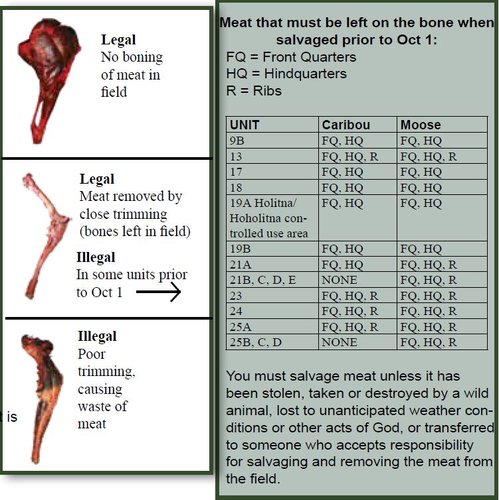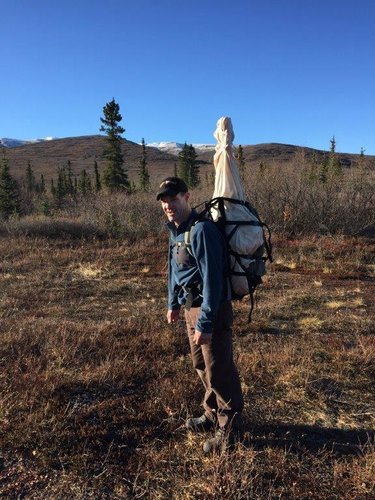ChrisC
Active member
Thanks for the explanation.Problems with wasted meat in some units. Hunter's either doing a purposefully sloppy job so they don't have to pack out as much meat, or hunters not being diligent about meat care and and leaving it in a giant meat ball in a game bag where the meat in the center of the ball sours.





![AMcGvXD.jpg[\img]](https://i.imgur.com/AMcGvXD.jpg[\img])

